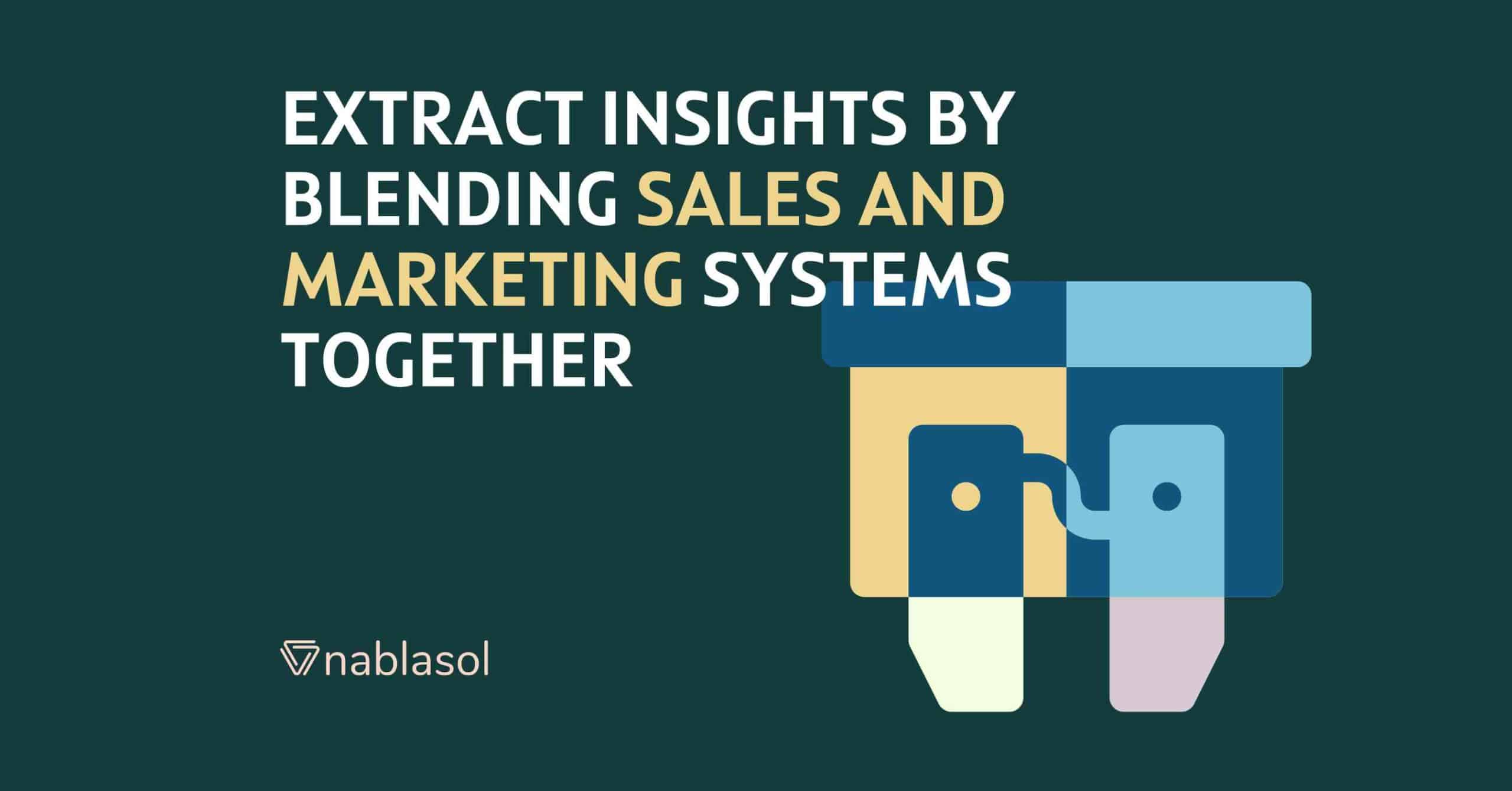Sales and Marketing have a weird relationship. They are meant to be together but want some privacy as well. They are like that married couple who live like flatmates if even that’s a thing. The point is, some areas require the function of both sales and marketing, some require don’t but ultimately they both want to achieve the same set of results. Customers.
Some market and customer insights reveal themselves only when the two departments start talking to each other, which is critical for more efficiently attracting, managing, and converting leads. The data flow between the two departments helps both the sales team and the marketing team do their jobs better. Automation of the flow of data helps in achieving this in a quick and error-free manner.
The potential of a lead, while it was an MQL, varies and the quality must be communicated to the sales team for effective conversion. If a particular kind of lead is not converting it must be communicated to marketing for effective attribution and channel budgeting. The tandem interplay of sales and marketing with data and automation helps companies better understand their customer and bring down CAC.
What is Marketing Automation?
The overall blanket of marketing covers a plethora of recurring tasks. Every social media post has the same set of procedures, as does SEO for a blog, sending out cold emails, or generating an ad campaign. Such tasks can be easily automated for the marketing department so that they can focus on the more important task like ideating for socials, writing blogs that are worth reading, writing emails worth opening, and creating ads that generate clicks. Marketing automation is a magic spell that makes wizards out of marketers.
What is Sales Automation?
Sales is a follow-up game. Following up is a timely reminder game. Timing is crucial in sales and that’s where automation comes in. Sending the right person, and the right pitch at the right time is what sales are about and sales automation makes sure that happens without any hindrance or delay. But it also doesn’t just do that, there’s an interplay of AI which helps in segmenting potential leads, qualifying them automatically, and crafting emails personalized to them. In the hands of a persuasive salesman, sales automation is a sword that cuts through everything.
Blending Systems Together
Sales automation tools and marketing automation tools are already powerful individual tools. When you integrate the two standalone solutions into a single platform, the results are magnificent. What comes out of this system integration is versatile business intelligence about the market and the customers. This is a great example of the collaborative context in enterprise automation.



